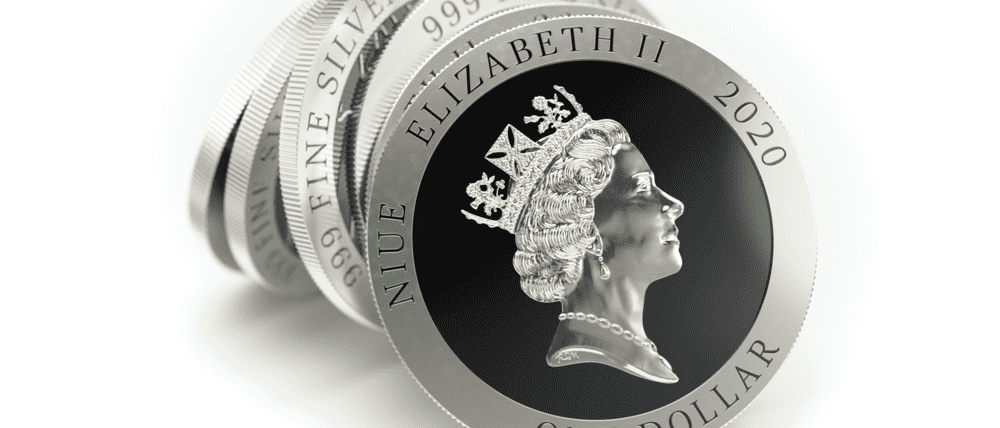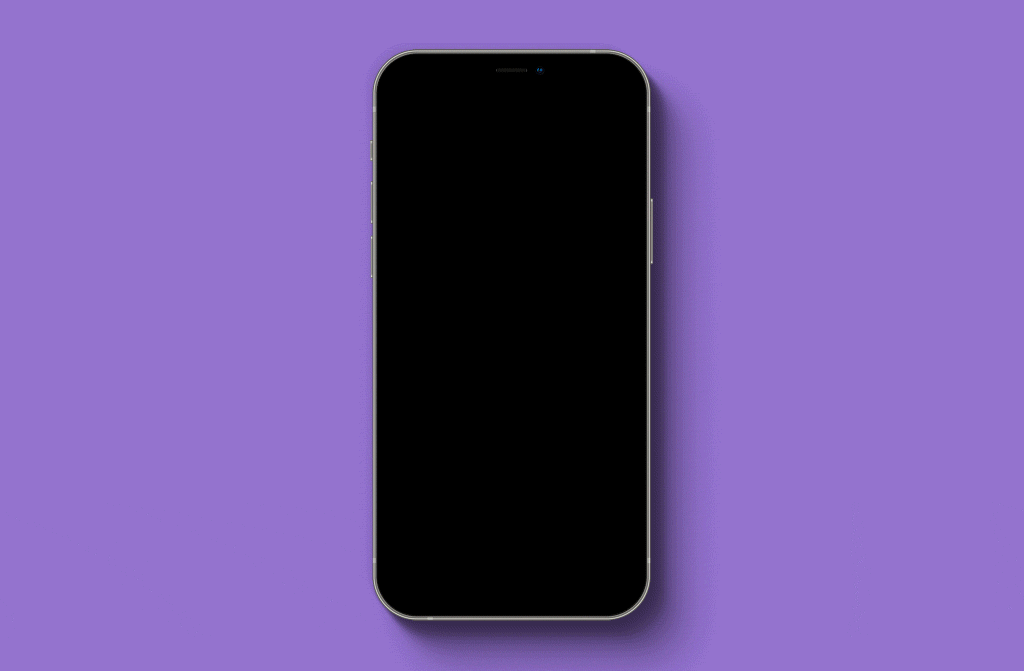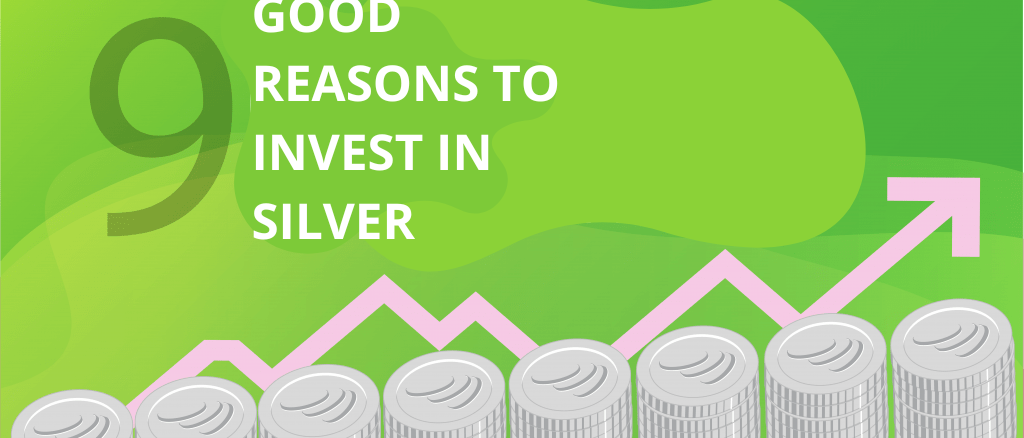As an experienced investor, you already know that it is essential to diversify your investments. This is not only to minimise the risk of capital losses that are always possible on certain products, but also and above all, to preserve the value of your assets as much as possible, or more precisely, its purchasing power. In this respect, gold and silver are the instruments of choice, since their primary purpose is to preserve value, almost totally independent of the other markets.
But how much capital should be invested in gold and silver? Is there a minimum or maximum savings ratio to be respected? In other words, how much gold and silver should you have in your portfolio?
Long-term precautionary savings
As mentioned, gold and silver are safe-haven assets that offer a certain security compared to other investment products. It is because they are universal, they do not depend on any specific state or organisation and their value is not linked to a specific currency that can be devalued at any time. In essence, they act as insurance against political and economic crises, but also against inflation that could affect our wealth.
And like all insurance, it is important to think in the long term. To be fully effective, savings in gold and silver should not be considered as classic liquid savings, even if the liquidity of precious metals is particularly high by offering almost instantaneous convertibility into any currency. For it is over time that the retention of value is really perceptible. This means that it is better to set aside a specific amount of funds for the purchase of gold and silver that will not be needed in the short or medium term.
A sensible investment above all
In 1998, Gerald Perritt, a Wall Street financial analysis professional, took up an advertisement from the New York Stock Exchange and advised investors to dedicate 5% of their capital to the purchase of gold… while praying that its price would never rise! Today, theory would tend to favour the 10% proportion, but the reasoning remains the same: when we can anticipate a rise in gold price (inflation, economic crisis, social unrest, war… or even a global pandemic!), then a relatively stable gold price, or even one that is slightly down compared to international currencies, is rather good news. Regarding the rest of our assets (in theory 90%) that are not invested in precious metals, they can be hit hard by the same events that tend to drive up the price of gold. Seeing 10% of your capital rise while the other 90% falls is never a very good calculation.
Moreover, 10% is a perfectly reasonable proportion that will not penalise your ability to change your savings strategy over time (if you opt, for example, for a more asset-based profile as a rental investor, after years of speculating mainly on the stock market) or your financial security in the event of a fall in the precious metals market. A sensible approach, therefore, but one that obscures a number of realities that may qualify the relevance of this famous 10%.
Distinguishing between gold and silver
First of all, when we talk about investing in gold, we should actually extend this notion to silver as well, because only by using both can we benefit from both a strong resilience in case of a crisis and a certain dynamism the rest of the time. But to do this, it is important to understand that gold and silver are very different and require very different approaches.
Indeed, while gold as an investment asset will compensate for the movements of other markets (i.e. it will rise sharply when the economy is in difficulty, and vice-versa), silver will adopt a more complex behaviour that can result in more marked fluctuations, not to say more violent, because it is influenced by many more parameters than gold.
Since, the physical properties of silver lend it much more industrial applications than gold: more than 50% of the demand for silver comes from industry, compared to only 12% for gold. As a result, silver metal is less counter-cyclical than gold and benefits quite clearly from economic growth, particularly in the cutting-edge fields of electronics, medicine, renewable energy and telecommunications. Silver metal will therefore behave like a traditional asset by partly following positive market developments, as well as acting as a safe haven in the event of a crisis.
This dynamism is therefore an ideal counterbalance to gold’s sometimes conservative side. But it is precisely this dynamism that should encourage investors to be a little cautious in their allocation of metal assets. Classically, it is advisable to have 75% gold for 25% silver in order to weigh the greater variability of the latter.
Saving according to your profile and objectives
Finally, the 10% rule for precious metals in one’s assets must be put into perspective according to one’s savings profile and medium/long-term objectives.
For example, depending on whether you have 5,000 euros or 5 million euros, a 10% ratio will obviously not represent the same amount at all: 500 euros will no doubt be insufficient for the safe-haven nature of precious metals to be truly expressed (a single ounce of gold is worth three times as much), whereas 500,000 euros may already constitute a good asset hedge against possible future crises.
Conversely, 1000 or 2000 euros of gold and silver for a modest investor are certainly disproportionate to the rest of his capital, for which he should rather favour immediately available and liquid savings, in a savings account for example (we are talking about one to three months’ minimum income to cope with any unforeseen expenses, or even a one-off loss of earnings for the most precarious statuses). The only exception is the holders of a VeraCash® account who can benefit from the advantages of saving in liquid gold through their payment card, and can therefore devote a larger sum without affecting their budget balance.
Furthermore, the purchase of precious metals, which is similar to a long-term investment, is not viewed in the same way. Depending on whether you are at the beginning of your professional life and probably want to buy your main residence and start a family (which amplifies your natural aversion to risk), or you have reached a point in your life when you have finished paying for your house, your children are already grown up and the savings you have accumulated over time mean that you are less worried about the possibility of a difficult end of the month. Similarly, if you are planning to set up a business or invest in real estate for example, you should buy gold and silver in moderation so as not to reduce your capacity to mobilise equity for these projects.
Some concrete examples of budgeting for gold and silver
In conclusion, if you are a young working person with little savings and many medium-term projects, then 5 to 10% seems a good ratio of your assets to devote to the purchase of precious metals, but only as a (very!) long-term precaution. And provided, if possible, that you regularly add to your gold/silver capital, for example by buying a few dozen euros worth of metals each month.
If you are already more established in life and have comfortable savings, then 10 to 15% of your assets in gold and silver will not only constitute a significant reserve of value that will ward off inflation, but will also provide you with a real buffer savings that can absorb potential economic turbulence. All this without impacting too much on your investment capacity or your directly available capital. Here again, depending on the state of the markets, there is nothing to prevent you from adding to your precious metal investments by buying gold and silver on a regular basis in order to strengthen your resistance to future crises.
Finally, if you have more than 20% of your savings in precious metals, even if your assets invested elsewhere remain significant, you are dangerously close to a zone of excessive concentration of your assets. As mentioned at the beginning of this article, diversification remains the key to optimised savings. Therefore, selling part of your gold or silver will free up new liquidity that will allow you to broaden your investment horizons and thus spread the risk more evenly.
I have been a web entrepreneur since 1999. After graduating from the Bordeaux School of Journalism, I was a radio reporter for 10 years. I run several social media and blogs on business, tech, finance and digital marketing.
You might be interested in
28 April 2023
What if 2023 is the year of silver?
Gold's little cousin seems to be stuck on a plateau crossed in 2020. The year 2022 looked pretty bad without the last quarter's rally. So, after two…
22 November 2021
Gold and silver: modern payment methods?
Can we use gold and silver as currency nowadays, even though our spending habits are becoming increasingly electronic with cashless trades? Yes,…
23 January 2020
Nine Good Reasons to Invest in Silver
Is silver a good investment? Is this a good time to buy? How do I invest in silver? These are just some of the questions that may come to mind when…


